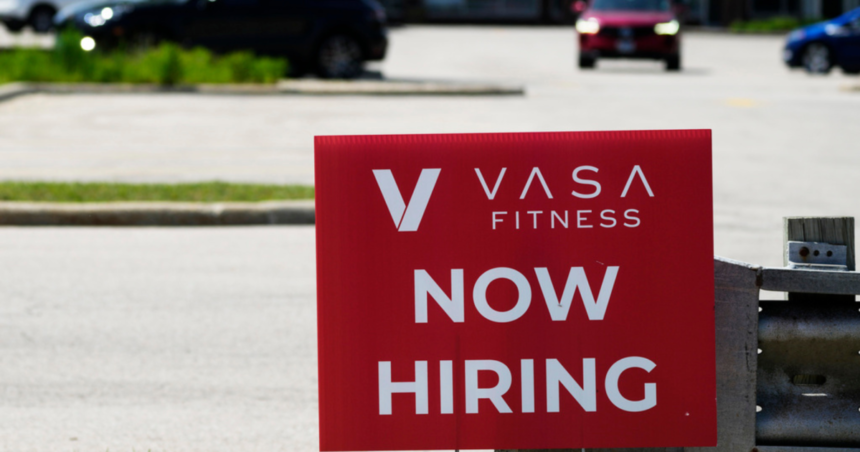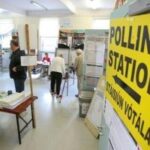The monthly jobs report from the Labor Department’s Bureau of Labor Statistics is filled with surprises and conflicting signals about the future.
“There is a strong possibility that the Federal Reserve may not lower the interest rate for the entire year,” said economist Dr. Kishore Kulkarni with MSU Denver, “despite their previous statements.”
In May, the economy added significantly more jobs than anticipated, with nonfarm payrolls increasing by 272,000, up from 165,000 in April.
Wage growth also saw an increase, rising by 0.4% for the month. Average hourly earnings have gone up by 4.1% over the past year, surpassing the recent inflation rate.
However, the nation’s unemployment rate rose back to 4% for the first time since January 2022.
“The job growth is primarily seen in the service sector, particularly in hospital-related health services, followed by leisure, transportation, and hospitality,” Kulkarni explained. “These sectors are experiencing a significant increase in job creation.”
Mark Hamrick, senior economic analyst at Bankrate, described the prolonged period of unemployment below 4% as a “historical anomaly.” He noted that certain sectors like business services, technology, and housing are more affected by recent rate hikes.
Hamrick highlighted the imbalance between supply and demand for workers, leading to rising job openings and wages, contrary to the direction the Federal Reserve aims for in its interest rate policy.
“Although prices remain high, the positive aspect is that wage growth is outpacing inflation, and this trend is expected to continue in the near future,” Hamrick stated.
The Federal Reserve will provide an economic projection following the upcoming Federal Open Market Committee meeting on June 11-12. The likelihood and timing of any interest rate cut remain uncertain.
“There is a roughly equal chance of a rate cut in September,” Hamrick predicted.





